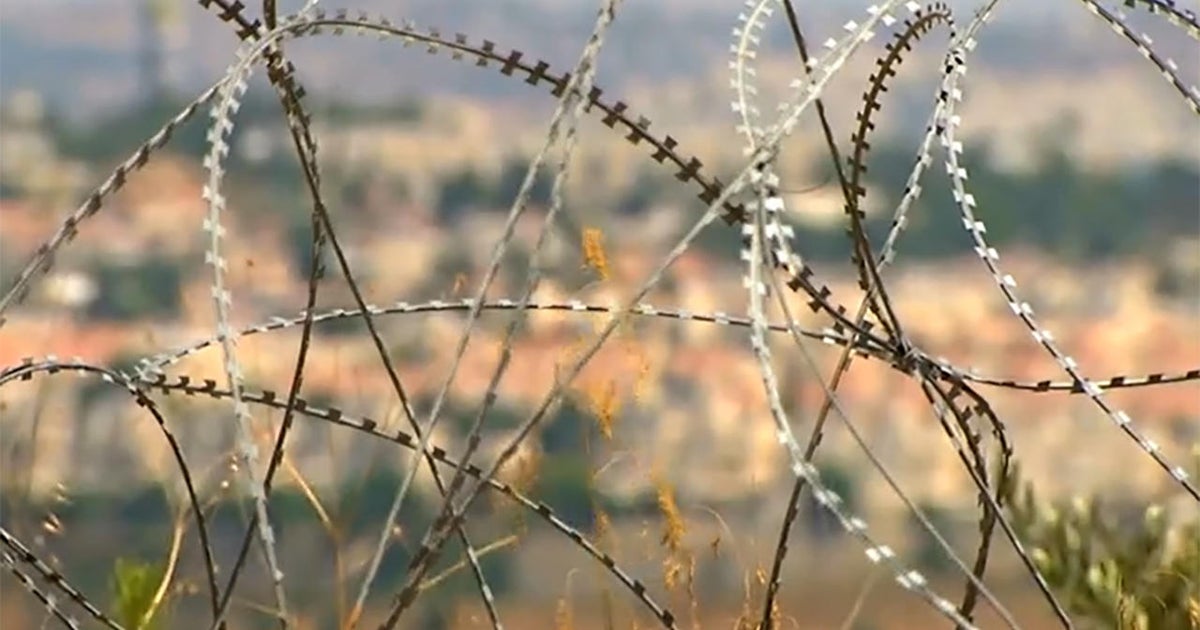Welcome to Zealandia: Scientists see submerged continent beneath New Zealand
Forget Atlantis — there’s a real underwater land mass hidden beneath the South Pacific, scientists say. In a new study, they identify it as a continent called Zealandia.
The researchers say that the few small islands that make up New Zealand are actually just part of a large, previously unknown continent, 94 percent of which is submerged under the sea.
Zealandia meets the criteria traditionally used to classify a continent, according the study led by geologists at GNS Science, a New Zealand research group also known by its Maori name, Te Pū Ao.
“Being more than 1 million square kilometers in area, and bounded by well-defined geologic and geographic limits, Zealandia is, by our definition, large enough to be termed a continent,” the lead author, Dr. Nick Mortimer, said in a statement.
Eight GNS Science geologists worked with researchers from the Geological Survey of New Caledonia, the University of Sydney, and Victoria University on the study, which is published in GSA Today, the journal of the Geological Society of America.
So, how did Zealandia get its name? Geophysicist Bruce Luyendyk first suggested the name in 1995 to describe New Zealand, the Chatham Rise, Campbell Plateau, and Lord Howe Rise collectively.
Zealandia has a continental crust thickness between about 6 and 18 miles, the thinnest of any continent. The crust thickness is believed to increase to more than 24 miles under portions of New Zealand’s South Island.
This newly identified continent covers about the same amount of area as India. Mortimer added that Zealandia would also be the youngest and most submerged of the Earth’s continents.
“Zealandia provides a fresh context in which to investigate processes of continental rifting, thinning, and breakup,” Mortimer said.
The authors say they hope their paper will be the “go to” reference for Zealandia in the future, as more work is done to understand its geology and significance.




